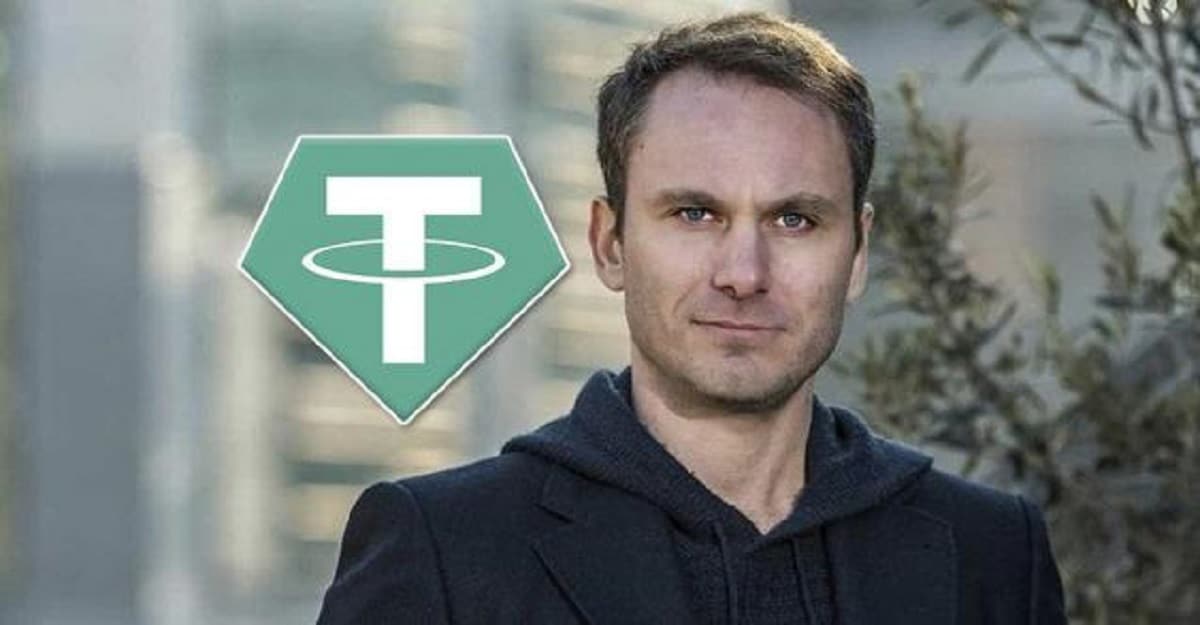
In a market where blockchain deployment has almost become a trend, Tether Holdings, the issuer of the world’s largest stablecoin USDT, has decided to go against this trend.
While many crypto companies are racing to create their own blockchains, Tether has abandoned the initiative, citing a crowded market and diminishing returns.
According to Tether CEO Paolo Ardoino, the decision is driven by basic economics: The market is already saturated with blockchain platforms.
“We are very good at technology, but I think blockchains will almost become a commodity in the future. It may not be the right move to start a blockchain ourselves. There are already very good blockchains,” Ardoino said in an interview.
Despite controlling USDT, a stablecoin with a market value of $117 billion and widely used for trading and remittances, Tether has found little incentive to create its own blockchain.
Data supports this decision: According to DefiLlama, the top five of the 306 currently active blockchains control around 86% of the total value of assets locked (TVL).
Ethereum alone leads the market with $87.7 billion of the total $133.2 billion TVL across all chains. TRON, launched by Justin Sun in 2017, has $8.1 billion TVL and accounts for about 49% of the USDT supply.
Ardoino emphasized that Tether remains “agnostic” about which blockchains support USDT, prioritizing security and sustainability rather than building its own platform.
“For us, blockchains are just transport layers,” he said, reinforcing the company’s focus on existing solutions rather than adding another layer to an already saturated market.
In an industry where new blockchains emerge regularly, Tether’s decision to focus on its core mission while leveraging existing infrastructure highlights the company’s strategic approach to navigating a crowded space.
*This is not investment advice.










